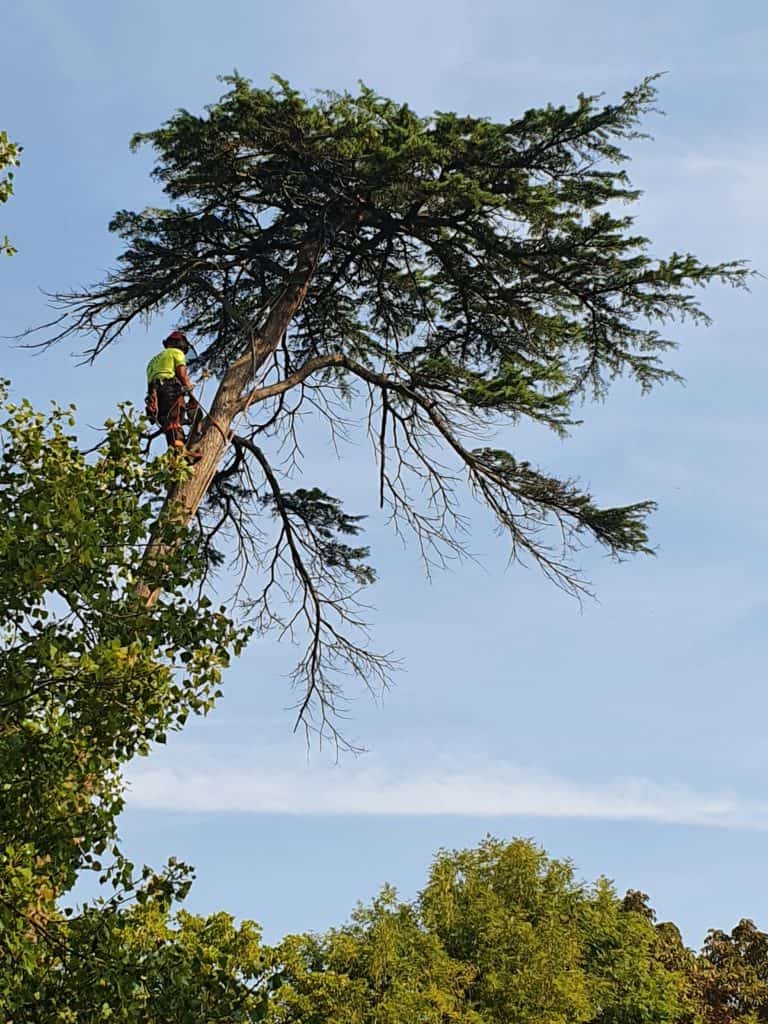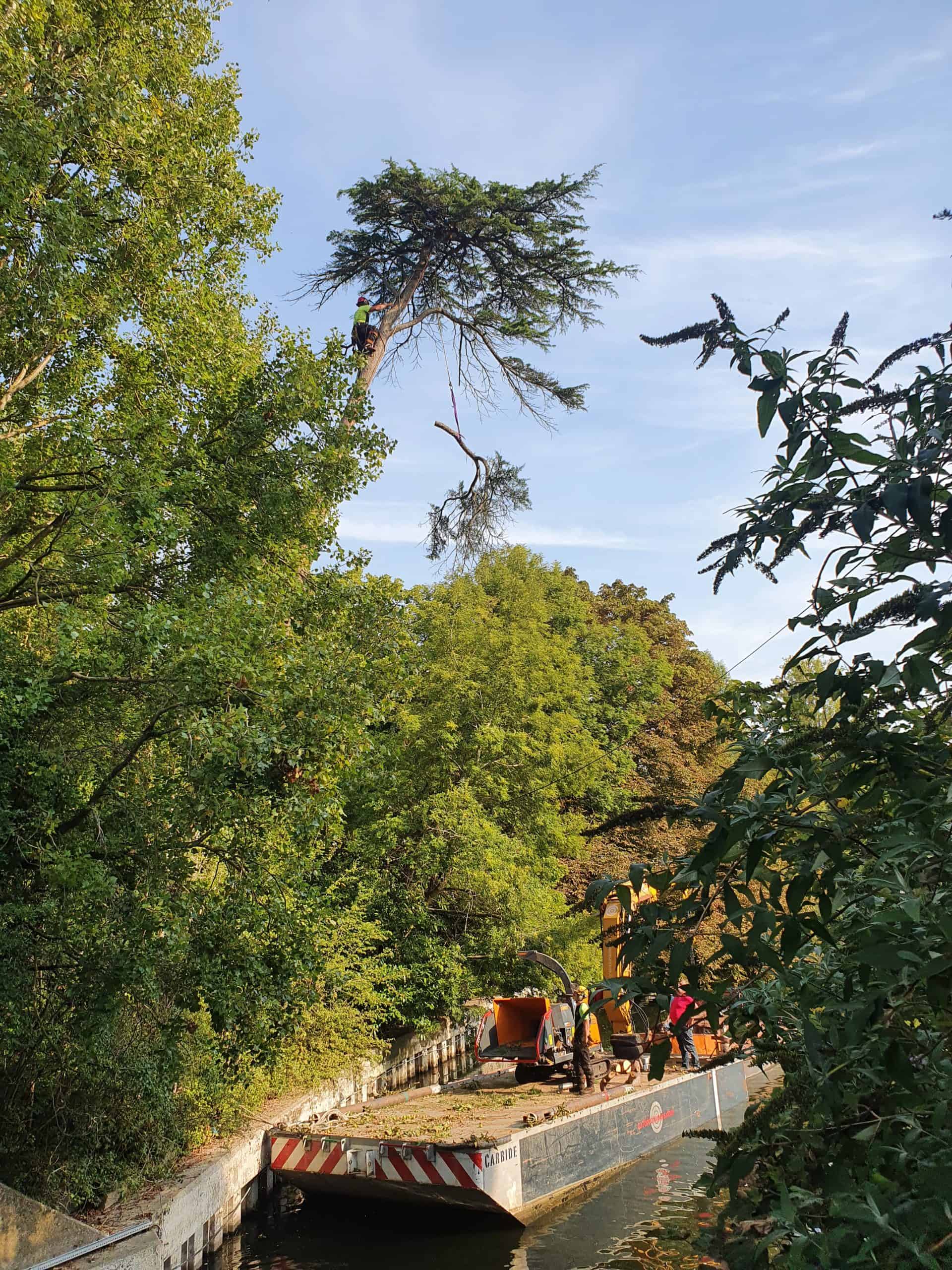We’ve been around trees and the tree industry in the United Kingdom for approximately 30 years. We have decided to share our industry knowledge to create an insiders view of our industry and hopefully unpack a few myths surrounding the management of trees in urban areas and rural areas.
As qualified arboriculturists, we are in the business of limiting exposure to risk. Everything that an arborist does should be carefully measured in terms of risk. Risk taken on by a customer with regards to your choice of an accredited company and the risk of carrying out the work. We’re in the business of limiting liability for everyone involved: People, Homes, Public and Employees.
With that said the best way to engage a contractor with your best interests, that is, carrying out quality tree services that not only enhance your garden but also protect your home and possessions from tree failure. Finding the right contractor to assist your management of your trees is crucial to limit your exposure to risk in the future.
Consumers of tree related services need to first ask two very important and relevant questions when engaging tree professionals.
1) Can the contractor provide insurance to cover a minimum of £10,000,000 Public and Products Liability?
2) Do you work to British Standards 3998 (2010)?
If there is a positive for both answers to these questions the contractor has a shown that they are professional, knowledgeable, and insured.
A qualified Arboriculturist will be able to advise on the correct procedure for applying to your council for tree works to be carried out if you live in a conservation area or you have trees protected by Tree Preservation Orders (T.P.O).Most accredited firms will carry out planning applications free of charge, depending on the amount of trees.

It’s all about timing. Engaging a good quality company is all about timing and thinking about seasonal maintenance. Typically planning applications will take six to eight weeks for permission to be granted. Nesting birds and wildlife can be another timing concern, with reference to the Wildlife and Countryside Act (1981).In our view if hedge works are to be booked in ,they should be done in January/February early in the calendar year and late Summer after wildlife have finished bird nesting.
Some trees need to be pruned at specific times of the year. A sound knowledge of the different needs of specific trees is important. Referencing the need for a qualified aboriculturalist to be involved in the survey of your tree stock.
Tree Surveying is incredibly important. A survey can set out a budget conscious way of looking at your tree stock by categorising the importance of tree work. We typically set out a tree survey with three, six and nine month categories of urgency.
A tree survey, not to be confused with a quick quotation for a specific tree problem, is the collation, by a knowledgeable arboriculturist, which would result in an extensive spreadsheet and maps offered as a service. The calibre of the Arboriculturist given the job of specifically commenting, in professional capacity, on the health of each individual tree in your garden is very important and warrants some questioning with regards to levels of knowledge. When engaging a professional to produce a tree survey I would recommend asking for professional accreditation and proof of Professional Indemnity Insurance.
I hope that by reading this article you have been inspired to engage a Professional Tree Service Company that will carry out your work with the utmost efficiency and knowledge.
Megan and Simon Ringrose run a small but perfectly formed ‘Approved Contractor’ Tree Service company, Ringrose Tree Services based in Oxfordshire. They aim to train their staff in the professional practices of Arboriculture so that they can serve our customers to the best of their ability within our BS Standards and Industry Standards. Call Ringrose Tree Services for a friendly chat about your trees today 01865 735 405

